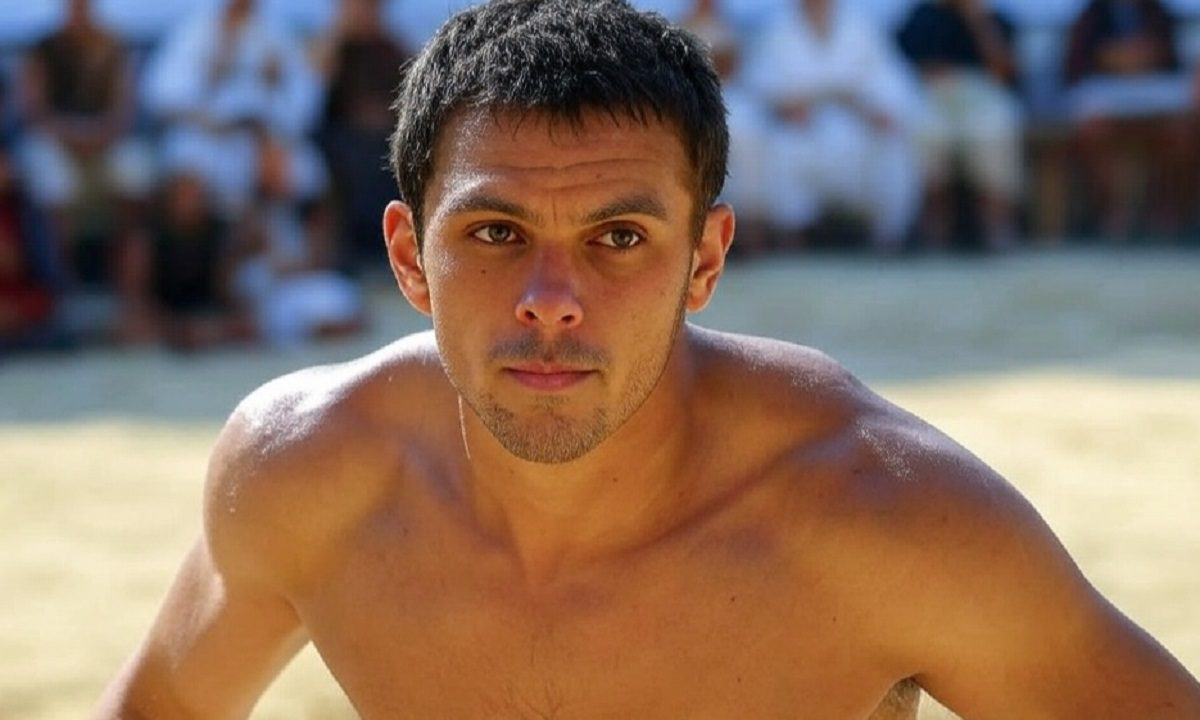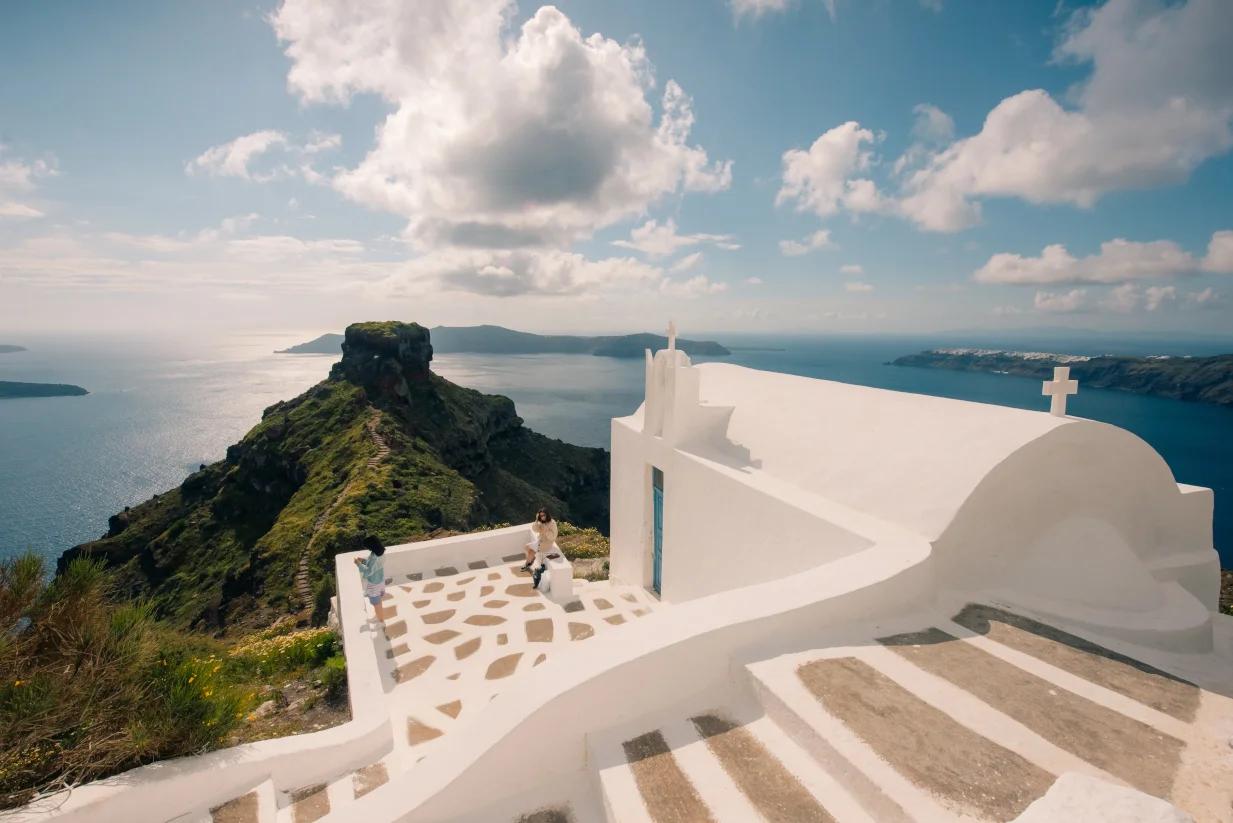His name echoes with patriotism: Konstantinos Kanaris, the fearless fire ship captain of the Greek War of Independence, the legend of the Aegean, the man who sent entire enemy flagships up in flames. But what did he really look like? Beyond paintings and idealized depictions, is there an actual photograph of him? And if so, what does it reveal about the man few knew personally, but all revered as a hero?
The answer lies not in the history books of the Revolution but at the crossroads of two eras: the 19th century, when photography was taking its first steps and Greece was beginning to establish its visual identity. Kanaris passed away in 1877 at the age of 84, and his first known photograph was taken decades after the events of 1821—most likely between 1855 and 1865. This means that what we have today is not the image of the young rebel fighter but of the seasoned statesman, the aging naval warrior who lived long enough to be captured by the camera.
And indeed, there is a photograph. Simple and solemn, much like his gaze. He is not dressed in the traditional fustanella, nor is he wielding a sword. Instead, he wears European-style clothing, sporting a beard and an intense, penetrating stare that seems to transcend time.
A Glimpse Into History
This black-and-white, slightly faded image, attributed authentically to Kanaris, is preserved today in the National Historical Museum of Greece. While some historians have raised doubts, comparisons with contemporary portraits and paintings confirm its authenticity. The photograph was likely taken by a German or French photographer visiting Athens, as most Greek photographers of the time were still amateurs or working in the provinces.
What makes this photograph so remarkable is not just its survival, but the way it captures the commanding presence of a man who had witnessed death, fire, heroism, and betrayal. His face is weathered but not sorrowful. It is calm, marked by a dignified stillness, as if he knows that history is watching him.
This is not the young sailor from Psara, setting fire to the Ottoman flagship of Kara Ali. It is the same man, decades later, carrying his memories not in words, but in his expression. He does not smile. He does not pose. He simply sits, unshaken.
More Than Just a Photograph
Beyond being a rare historical artifact, this photograph holds deep human significance. It brings us face to face with a figure who has been nearly mythologized. It reminds us that heroes have faces—and that those faces are not always what we expect.
This is not the dramatic, romanticized profile of a painting by Theodoros Vryzakis. It is the real, worn, and proud visage of a man who lived long enough to see the freedom he once fought for become a reality.










